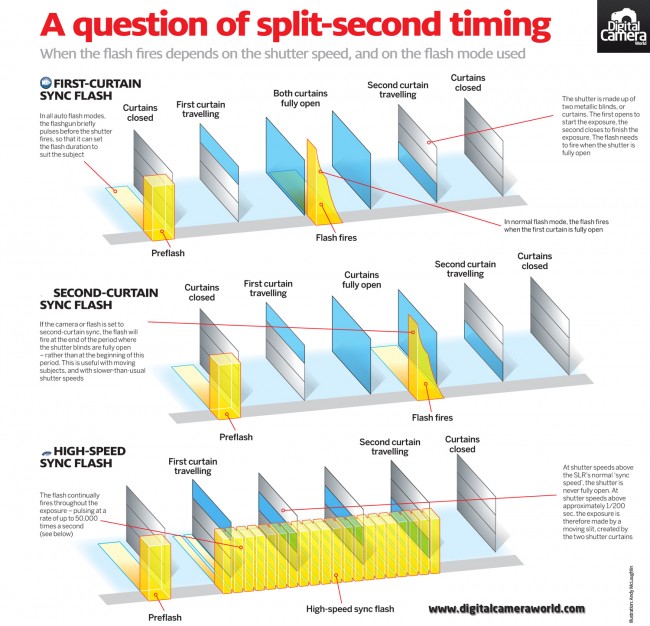Recognizing Structure: The Fundamentals Every Photographer Need To Know
Recognizing Structure: The Fundamentals Every Photographer Need To Know
Blog Article
Published By-Barron House
When you grab your video camera, recognizing the basics of structure can dramatically raise your photography. Techniques like the Rule of Thirds, Leading Lines, and reliable mounting aren't just guidelines; they're necessary devices that can transform your photos from ordinary to thrilling. By mastering these principles, you'll find yourself capturing not just images, but stories that resonate. However what occurs when you begin flexing these policies? Checking out that can bring about unanticipated and powerful lead to your job.
The Regulation of Thirds
One of the most essential concepts in photography is the Rule of Thirds. https://telegra.ph/How-To-Construct-A-Digital-Photography-Profile-That-Stands-Out-01-09 helps you create balanced and interesting structures, drawing the visitor's eye to one of the most crucial aspects in your photo.
Think of dividing your structure into a grid of nine equivalent parts with 2 straight and two vertical lines. By putting your subject along these lines or at their intersections, you naturally boost your image's visual charm.
As opposed to focusing Professional corporate headshot photographer , try positioning it off away. This strategy introduces space and context, allowing audiences to explore the surrounding location.
For landscapes, place the perspective along the leading or lower third line, highlighting either the skies or the land.
When you're capturing pictures, straighten the topic's eyes along the top third line for an extra vibrant look.
Experimenting with the Regulation of Thirds will bring about more engaging and professional-looking photos.
Leading Lines
Harness the power of leading lines to lead your visitor's eye via the structure and develop a sense of deepness in your photography.
Leading lines are natural or manufactured components that draw attention and lead the customer's stare towards the primary subject. They can be anything from roadways, rivers, fences, or perhaps shadows.
When you incorporate leading lines, think about exactly how they can boost your structure. Begin by determining strong lines in your scene.
Setting yourself to utilize these lines effectively, ensuring they result in your centerpiece. As an example, a pathway introducing a landscape can evoke a sense of trip and invite the visitor to discover the scene.
Trying out various angles and viewpoints. Often, shooting from a lower angle can create even more dynamic leading lines, while a greater perspective can give a wider context.
Framework and Balance
Framing and balance play critical duties in producing aesthetically engaging pictures. When you frame your topic, you're basically developing a boundary that draws the audience's eye straight to the focal point. You can make use of natural environments like branches, entrances, or home windows to accomplish this result.
Don't undervalue the power of framing; it includes depth and context, making your photo a lot more engaging.
Equilibrium, on the other hand, guarantees that your composition really feels secure and unified. You can achieve balance through balance or by dispersing visual weight evenly throughout the structure. If you place a huge topic on one side, think about including smaller sized elements on the contrary side to counterbalance it.
This method avoids your image from feeling unbalanced and produces a feeling of completeness.
Experiment with both framing and equilibrium in your photography. Take several shots from different angles, readjusting exactly how you frame your subject and how you disperse elements within the scene.
As you practice, you'll establish an intuitive understanding of how to create structures that reverberate with audiences and stimulate emotion. Remember, understanding these components can transform a regular photo into a striking artwork.
Conclusion
By understanding make-up strategies like the Regulation of Thirds, Leading Lines, and Framework, you can elevate your digital photography to brand-new elevations. These principles assist you create well balanced, interesting photos that attract viewers in and inform engaging stories. Keep in mind to experiment and count on your impulses as you practice these fundamentals. With time and dedication, you'll change ordinary shots right into imaginative expressions that genuinely resonate with your target market. Keep shooting, and let your creativity luster!
